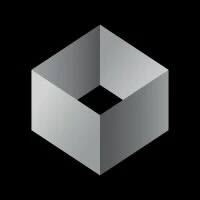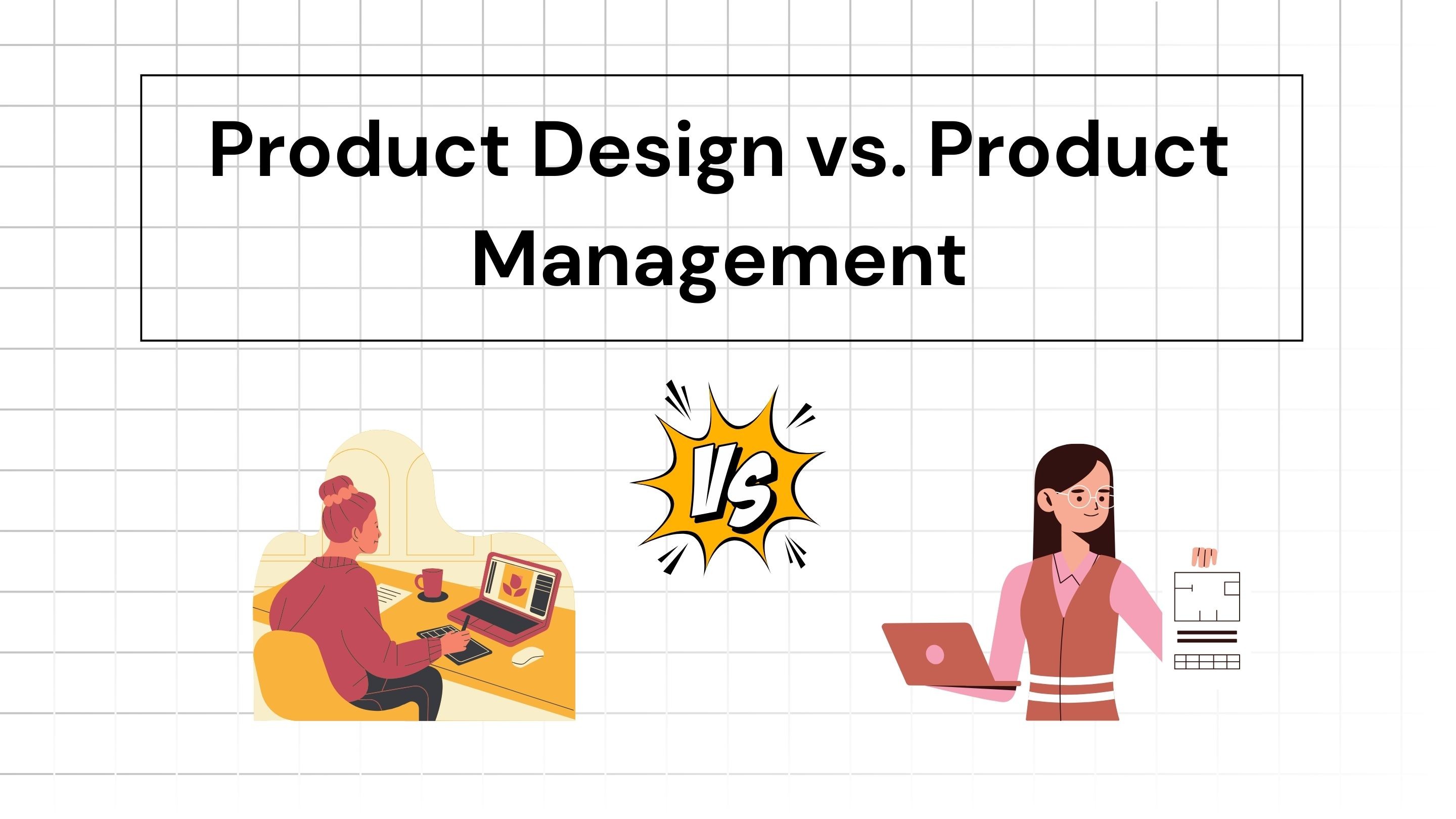
Iterate AI
Jan 24, 2025
Product design and product management are two of the three key roles in product management (no, we have not forgotten engineers). While both focus on bringing the product to life, they are different roles and require unique skill sets.
Let’s look at the the key differences between these two roles and how they impact the company the product.
What is Product Design?
Product design is designing the user experience (UX) and the user interface (UI) of a product. It is basically what users see when they interact with the product.
Product designers understand user needs, define how the product will look and feel, and ensure users achieve what they want to do with the product without much effort.
Key Responsibilities of Product Designers
User research: Conducting surveys, learning the best industry practices, and usability testing to get insights into user behavior and preferences that will help design. For example, a designer working on an e-commerce website might talk to other designers and look at e-commerce customers to understand their shopping habits and pain points.
Prototyping and wireframing: Creating visual representations of the product to iterate on design concepts. For instance, a mobile app designer might create a wireframe to map out the user journey for account creation.
Visual design: Crafting the product’s visual elements, including typography, color schemes, and layout. An example is designing a dashboard for a SaaS product with a cohesive color palette and intuitive layout.
Interaction design: Designing how users will interact with the product’s features and functionalities. For example, a designer might develop animations for buttons or transitions to improve the app’s interactivity.
Usability testing: Continuously testing designs to ensure they meet user needs and are free of friction points. A typical example is conducting A/B testing on a new checkout flow to determine which design performs better.
Skill Sets for Product Designers
Proficiency in design tools like Figma, Adobe XD, or Sketch.
Strong understanding of UX/UI principles.
Empathy for users and a knack for problem-solving.
Ability to create visually appealing designs aligned with brand guidelines.
Collaboration and communication skills to work effectively with cross-functional teams.
What is Product Management?
Product managers (PMs) are the strategists bridging between business goals, user needs, and technical feasibility. They oversee the product lifecycle, define the vision and roadmap, and ensure that the product meets both market demands and company goals.
Key Responsibilities of Product Managers
Defining the product vision: The founders have an idea. Product managers turn the idea into a product. The first step for it articulating the product vision for the remaining team to build the product.
Market research: Analyzing market trends, competitors, and customer feedback, user validation to identify opportunities. For instance, a PM for an e-commerce platform might study competitor pricing models to find gaps in the market to position the product accordingly.
Roadmap planning: Prioritizing features and setting timelines and milestones for product development. A PM working on a ride-hailing app will prioritize safety features this quarter and the release of a new carpooling feature over the next quarter.
Stakeholder communication: Acting as the main point of contact between engineering, design, marketing, and sales teams. For example, a PM might facilitate a meeting between developers and marketers to align on the launch strategy for a new feature.
Monitoring metrics: Tracking key performance indicators (KPIs) to measure the product’s success and make data-driven decisions. For instance, a PM for a subscription-based service might monitor user stickiness and adjust strategies accordingly.
Read: Everything you need to know about product manager responsibilities.
Skill Sets for Product Managers
Strong analytical and strategic thinking.
Excellent communication and negotiation skills.
Familiarity with Agile methodologies and tools like Jira or Trello.
Business acumen to balance user needs with organizational goals.
Ability to make decisions under uncertainty and manage trade-offs.
💡 Struggling to set up product analytics yourself?
Your developers are busy. Delaying product analytics setup is not the smartest decision. What to do? Set it up yourself with Iterate AI. It is easy as you can click on actions to create events and get event code too to implement. Learn more in our demo.
Product Design Vs. Product Management: The Differences
The focus areas and day-to-day tasks differ significantly. Here’s a comparison:

How Product Designers and Managers Collaborate
Product designers and managers work hand-in-hand throughout the product development process. Their collaboration ensures that the product is user-friendly and aligned with business goals. Here’s how they typically collaborate:
Defining the problem: The PM identifies the issue of users struggling to locate transaction history based on insights from user session replays. The designer then reframes it as a UX problem, focusing on how to make transaction details more accessible and intuitive.
Ideation and conceptualization: PMs and designers collaborate in brainstorming sessions, generating ideas like implementing a search bar, adding an icon, or categorized transaction filtering.
Prototyping and validation: The designer creates wireframes and interactive prototypes showcasing the new ideas, which are then tested with a group of users. Sometimes, PM takes the final call without testing in a group. The PM evaluates the feedback and confirms a particular design.
Execution: Developers build the new transaction search feature while the PM monitors progress, and the designer ensures the final implementation adheres to the prototype.
Post-launch: After launch, the PM analyzes metrics like feature usage and user retention, while the designer gathers qualitative feedback to refine the feature in future updates.
Product management and product design complement each other. Product management brings strategy and prioritization to the table, while product design introduces creativity and empathy through design.
